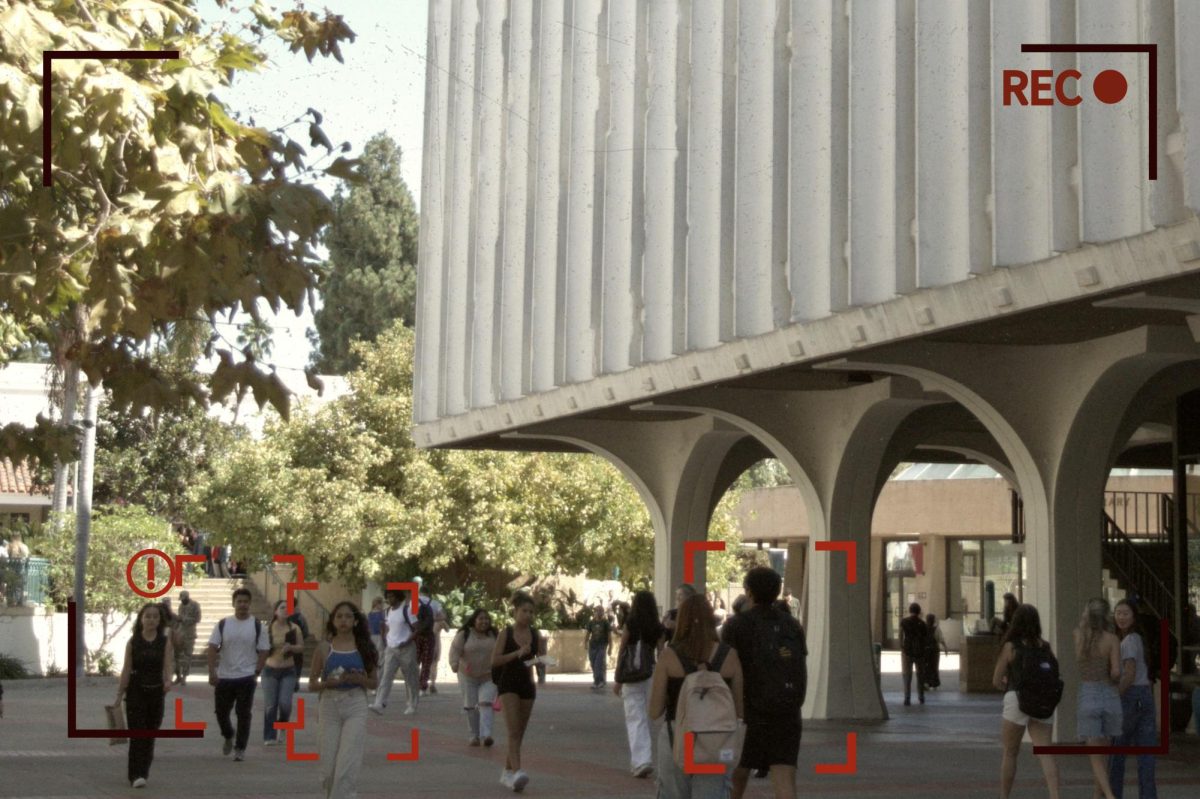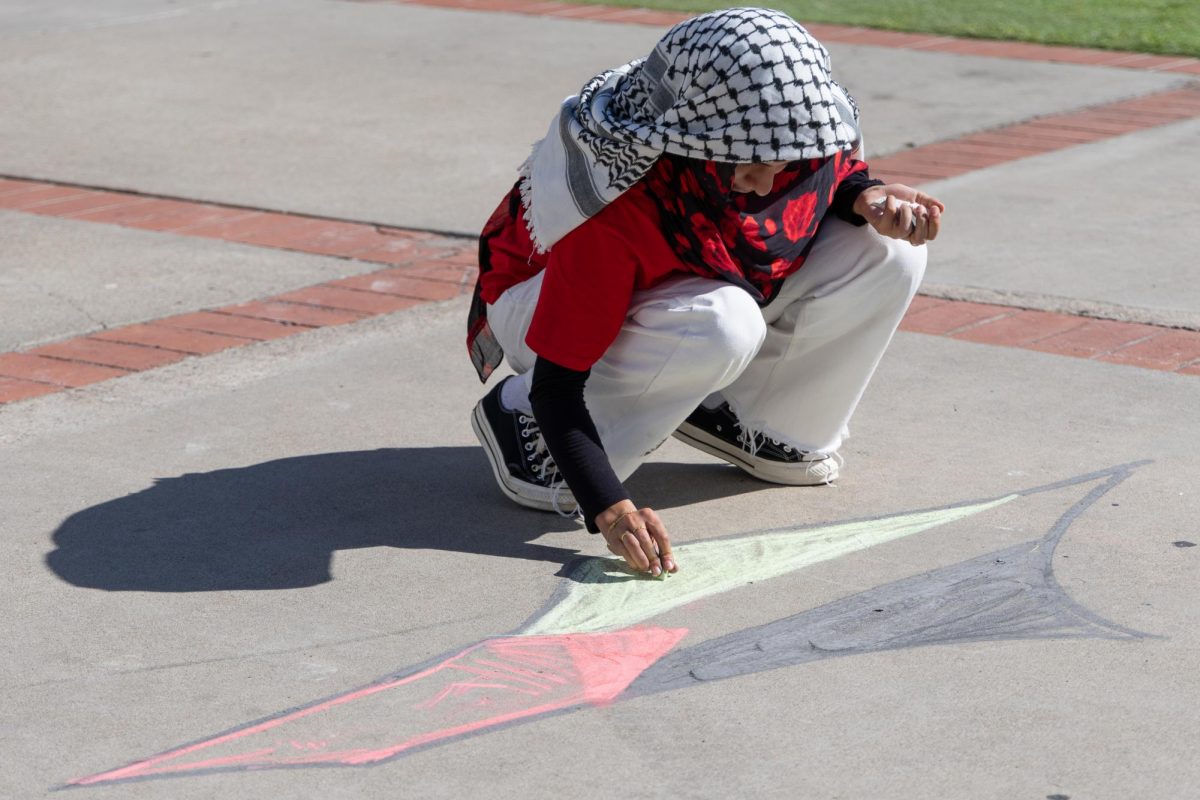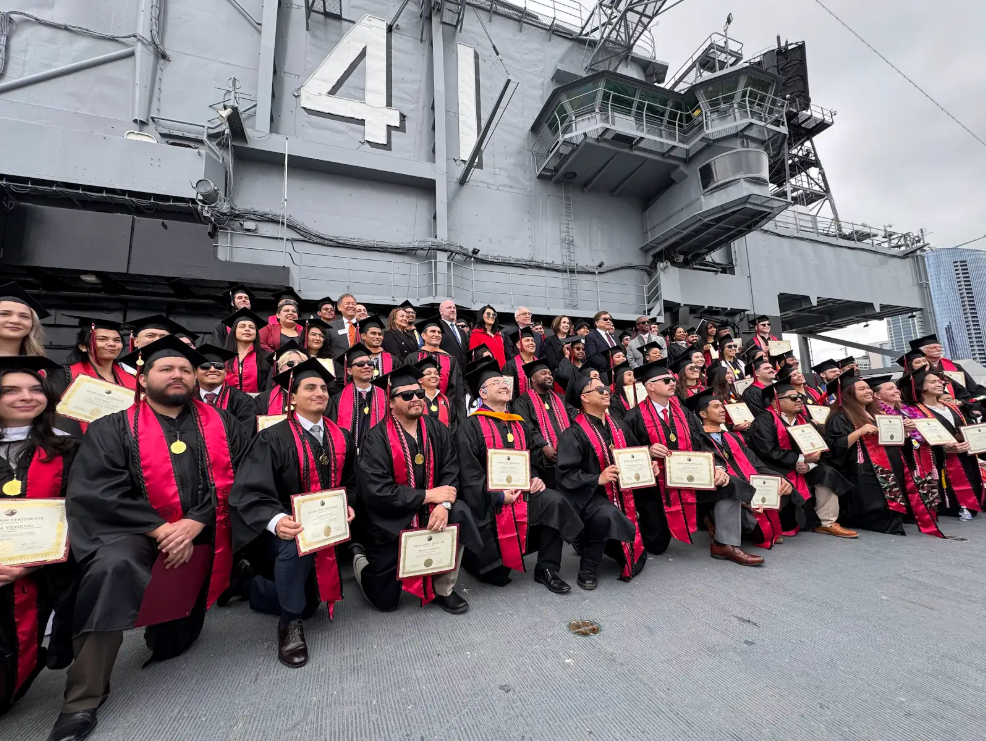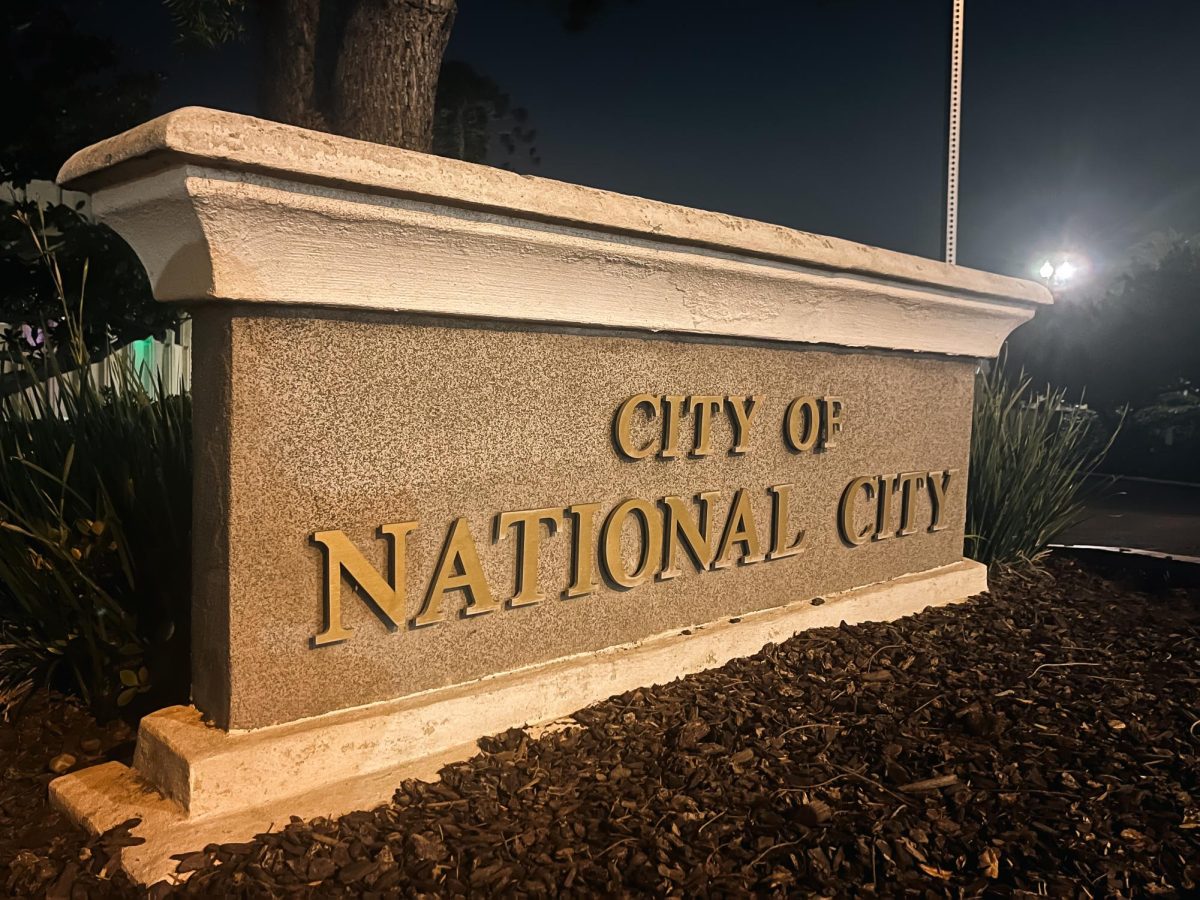The San Diego State University police department upgraded more than 1,300 surveillance cameras on campus with systems that have artificial intelligence capabilities including feature recognition, “unusual behavior” tracking and license plate readers.
Plans of the project were discovered through an investigation by The Daily Aztec with costs of over $1.3 million for the installation and software updates which were implemented this academic year.
The updates include a system that has the ability to track environmental patterns across campus, including how and where people walk in order to detect unusual events and the ability to search cameras for physical characteristics of individuals walking around campus. University police say that while the systems have these capabilities, the police department will not be accessing these features.
When asked about the planned upgrades to the campus’ security system, university police said their main goal was to monitor camera failures.
“Prior to the current upgrades, if a camera experienced a malfunction or became blocked, the campus may not have learned of the issue for some time,” Public Information Officer Amanda Stills wrote in a statement to The Daily Aztec.
Documents provided through a public records request, however, detail other motivations behind the change.
Included in a proposal from Avigilon, the camera manufacturer, was a list of the university’s “desired capabilities” for the upgraded surveillance system. At the top of the list: “AI-based capabilities to detect anomalies such as unusual events or behaviors.”
SDSU’s desired features also included license plate readers, gunshot detectors and the ability to use AI to search video footage for physical characteristics.
The Avigilon cameras have the capability of learning normal patterns for a given area including what locations are common for people and vehicles to move through, what times of day that movement occurs, how fast or slow objects move and the standard sound volume of a given area. The cameras are designed to alert a user when any abnormal activity occurs, according to Avigilon.
The cameras, set to be run by university police, also have the ability to develop “face watchlists,” in which an administrator can create a profile for a specific face on camera and have it alert if that individual is on camera in the future, according to Avigilon, the camera manufacturer. Stills said university police will not use this feature. The cameras’ AI features will be limited to “technical diagnostics” and “anomaly detection,” including motion in restricted areas and malfunction alerts, and not behavioral tracking or profiling.
Concerns around misuse and discrimination
Lauren Jimerson, a political science student and vice president of external affairs at the Afrikan Student Union, says that while many of her peers don’t feel safe on campus, any increased presence or power of the university police should be clearly communicated to students.
She said that the new AI surveillance capabilities, paired with changing California State University policy prohibiting masks to conceal a person’s identity, “is a way to discourage people from being more politically involved on campus.”
Seth Hall, an advocate for greater surveillance transparency and a part of the Trust SD Coalition, said that access to and a lack of transparency about these kinds of surveillance systems across San Diego can have disproportionate effects on minority communities.
According to Hall, the city of San Diego has a history of withholding information about how and when surveillance technologies are used and misused, and it has had an impact on how minority communities view and interact with police.
“It’s super harmful to the ability of that community to build any kind of relationship of trust with these kinds of power structures that we have set up, and it shows up on the day-to-day basis of how those communities end up interacting with police.”
Privacy advocates say that a strong use policy – a guiding outline as to who is able to access the surveillance systems and when – is vital when discussing higher-end camera capabilities.
“I think the concern with camera – and especially license plate – technology is that just having these use policies on paper, doesn’t really capture exactly how the data is being shared, how it’s being stored [and] how it’s being used,” said Lian Song, a Ph.D. researcher of privacy and surveillance use at the University of California San Diego.
Song said that the “massively expanded capabilities” of AI features should warrant new consideration to how and when those features can be accessed.
University police currently follow a use policy developed in 2020 and a current CSU policy. The police department confirmed that it has not developed a new use policy for the AI capabilities of the upcoming system.
Prior misuse in San Diego
The surveillance system upgrades at SDSU resemble moves made by the City of San Diego in previous years – many of which faced significant backlash from residents around privacy issues.
In 2016, San Diego City Council outfitted thousands of streetlights with “smart” sensors to collect traffic and weather data and boost the city’s energy efficiency. The sensors, however, turned out to be cameras — a fact the public was never made aware of.
At the time, the devices were not equipped with AI technology. Even so, San Diego investigators accessed these cameras at least 35 times during the 2020 Black Lives Matter protests, in order to identify protestors who were believed to have committed acts of vandalism, looting and property destruction.
The backlash from community groups was so severe that the City Council passed new rules around the use of surveillance technology.
Similarly, in 2016, the city also installed ShotSpotter, a gunshot detection system similar to the one SDSU is currently planning to use. The system was criticized for being placed predominantly in Black and Brown neighborhoods across San Diego and for its consistent failures to distinguish gunshots from other loud sounds.

University response and budget shortfalls
Despite the city’s past struggles to balance technology and privacy, SDSU’s University Police say that the upgrades will benefit university police and students.
“These improvements will allow UPD to more efficiently respond to health and safety-related incidents and conduct investigations, contributing to a safer campus environment for students, faculty and staff,” Stills said.
The update included the replacement of older models of cameras and software updates for newer models, totaling $1.3 million for the project.
The project is slated to be completed by fall, despite a budget deficit for the university. SDSU President Adela de la Torre recently sent an email to staff and faculty informing them of an estimated $44 million budget deficit for the school over the next three years, after state budget cuts impacted the CSU system.
According to the university police, funding for the upgrades came from deferred maintenance reserves.
It’s unclear who made the final call on the project. But during the decision making process, the police department says it collaborated with the university’s Business and Financial Affairs administration and IT Division.
Cory Marshall, SDSU’s senior director of media relations, said there were presentational meetings at an A.S. Board of Directors meeting as well as the A.S. Campus Community Commission about the changes. However, neither entity appears to have voted to greenlight the project.
Editor’s Note: This story has been edited to include a statement from University Police about their intended uses of the systems. A correction has also been issued regarding the timeline for when the upgrades occurred.






